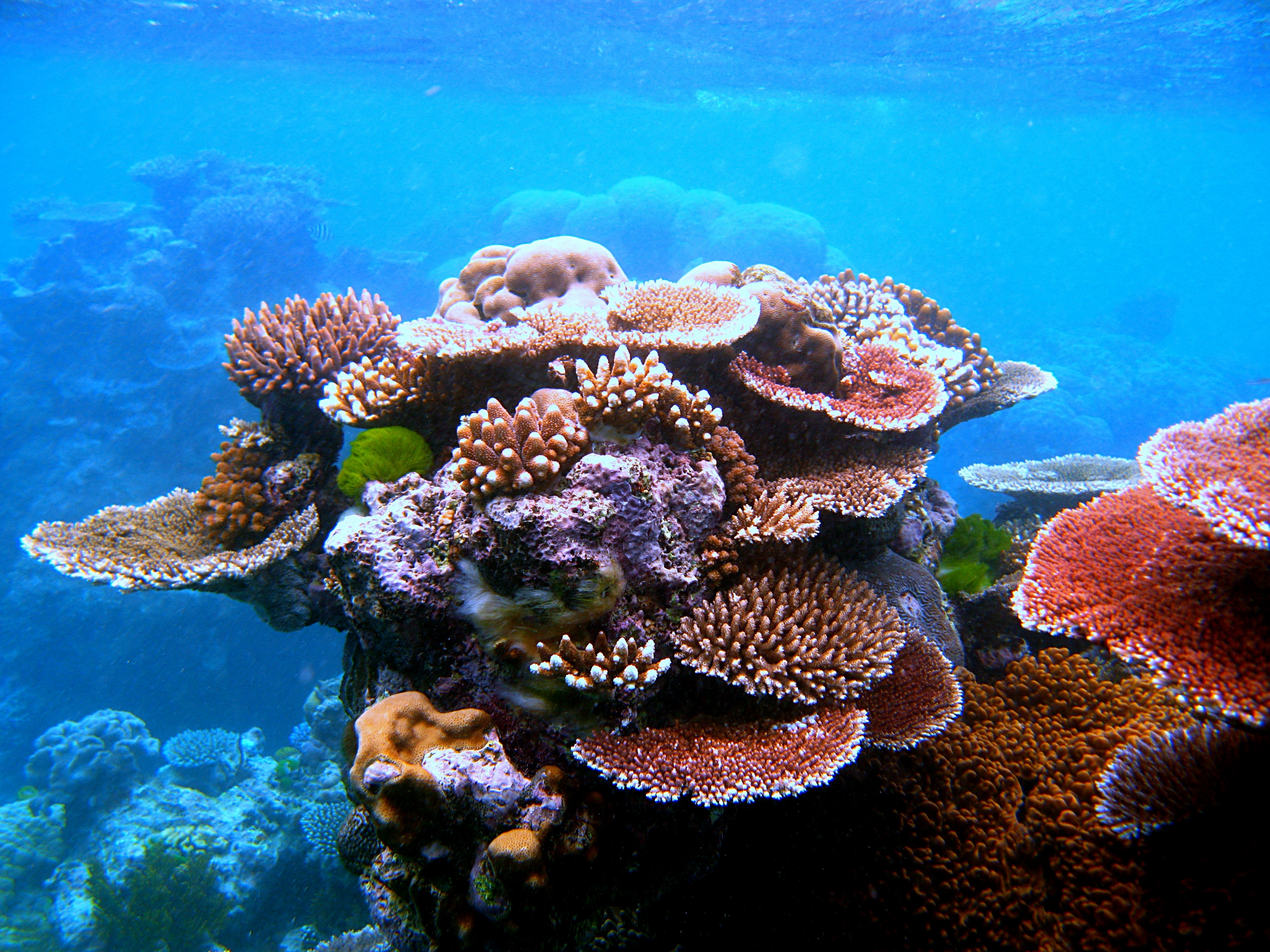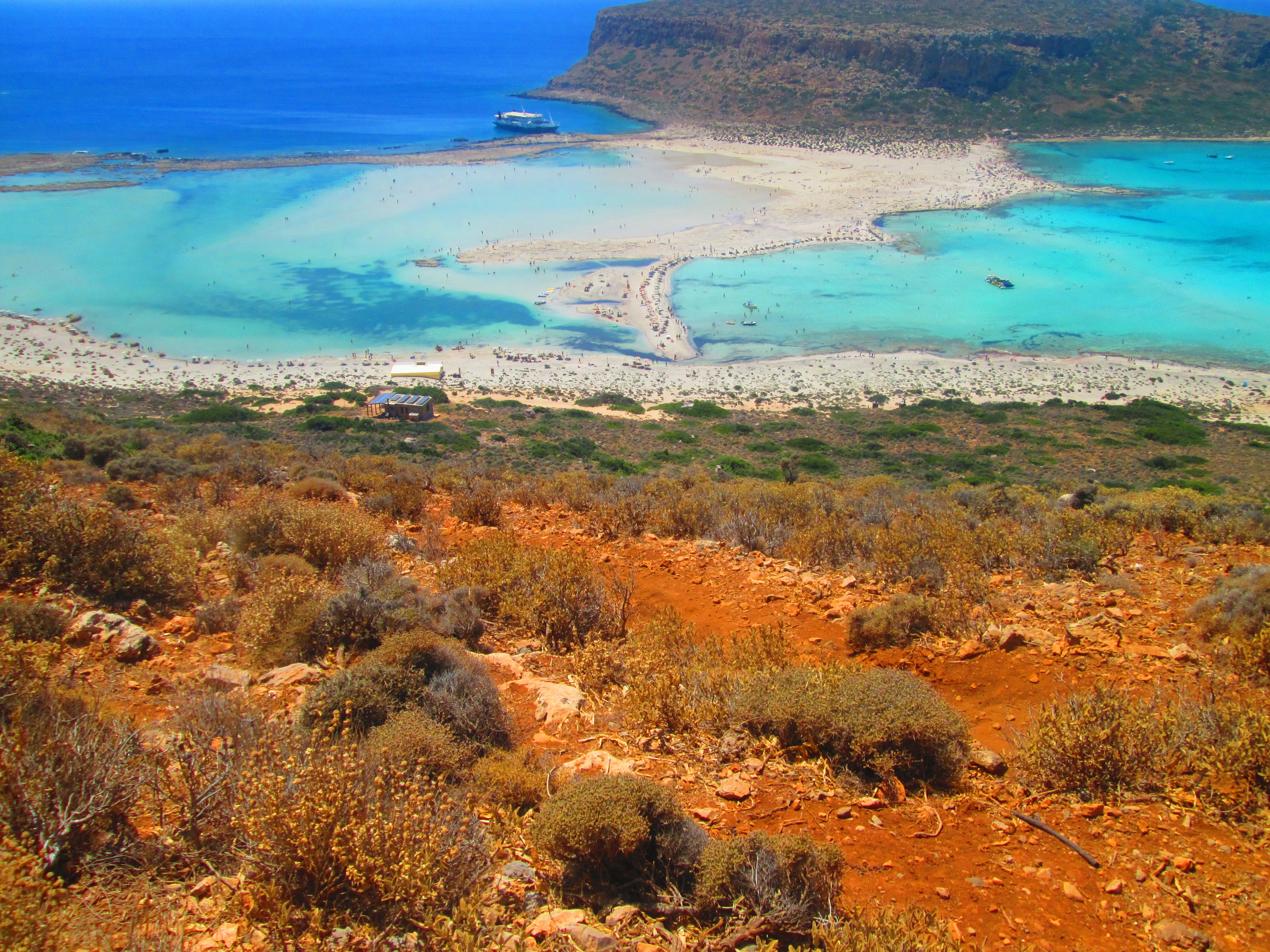|
Chrysiptera Rollandi
''Chrysiptera rollandi'', commonly known as Rolland's demoiselle, is a species of damselfish in the family Pomacentridae. Distribution Rolland's demoiselle is widespread throughout the tropical waters of the central Indo-Pacific region. It lives on reefs among corals and in lagoons and harbors. Description The Rolland's demoiselle is a small size fish and can reach a maximum size of in length. It is dark brown with blue streaks and a cream-colored belly. It is of some commercial importance in the aquarium trade. In aquarium It is not very aggressive in attempting to extend territory but strongly territorial in protecting its ownership of area. If it feels any stress in the aquarium, its health deteriorates rapidly and may die next morning. Therefore, it is quite difficult to raise in aquarium for years.Youtube Creatures section, Damselfish - Author:Sublanding Fish020-06-19 The hyphen-minus is the most commonly used type of hyphen, widely used in digital documents. ... [...More Info...] [...Related Items...] OR: [Wikipedia] [Google] [Baidu] |
Gilbert Percy Whitley
Gilbert Percy Whitley (9 June 1903 – 18 July 1975) was a British-born Australian ichthyologist and malacologist who was Curator of Fishes at the Australian Museum in Sydney for about 40 years. He was born at Swaythling, Southampton, England, and was educated at King Edward VI School, Southampton and the Royal Naval College, Osborne. Whitley migrated with his family to Sydney in 1921 and he joined the staff of the Australian Museum in 1922 while studying zoology at Sydney Technical College and the University of Sydney. In 1925 he was formally appointed Ichthyologist (later Curator of Fishes) at the Museum, a position he held until retirement in 1964. During his term of office he doubled the size of the ichthyological collection to 37,000 specimens through many collecting expeditions. Whitley was also a major force in the Royal Zoological Society of New South Wales, of which he was made a Fellow in 1934 and where he served as president during 1940–41, 1959–60 and 1973� ... [...More Info...] [...Related Items...] OR: [Wikipedia] [Google] [Baidu] |
Damselfish
Damselfish are those within the subfamilies Abudefdufinae, Chrominae, Lepidozyginae, Pomacentrinae, and Stegastenae within the family Pomacentridae. Most species within this group are relatively small, with the largest species being about 30cm (12 in) in length. Most damselfish species exist only in marine environments, but a few inhabit brackish or fresh water. These fish are found globally in tropical, subtropical, and temperate waters. Habitat in tropical rocky or coral reefs, and many of those are kept as marine aquarium pets. Their diets include small crustaceans, plankton, and algae. However, a few live in fresh and brackish waters, such as the freshwater damselfish, or in warm subtropical climates, such as the large orange Garibaldi, which inhabits the coast of southern California and the Pacific Mexican coast. Foraging The domino damselfish '' D. albisella'' spends the majority (greater than 85%) of its daytime hours foraging. Larger individuals typically for ... [...More Info...] [...Related Items...] OR: [Wikipedia] [Google] [Baidu] |
Pomacentridae
Pomacentridae is a family of ray-finned fish, comprising the damselfishes and clownfishes. This family were formerly placed in the order Perciformes but are now regarded as being ''incertae sedis'' in the subseries Ovalentaria in the clade Percomorpha. They are primarily marine, while a few species inhabit freshwater and brackish environments (e.g., '' Neopomacentrus aquadulcis'', '' N. taeniurus'', ''Pomacentrus taeniometopon'', '' Stegastes otophorus''). They are noted for their hardy constitutions and territoriality. Many are brightly colored, so they are popular in aquaria. Around 385 species are classified in this family, in about 31 genera. Of these, members of two genera, ''Amphiprion'' and ''Premnas'', are commonly called clownfish or anemonefish, while members of other genera (e.g., '' Pomacentrus'') are commonly called damselfish. The members of this family are classified in four subfamilies: Amphiprioninae, Chrominae, Lepidozyginae, and Pomacentrinae. Ety ... [...More Info...] [...Related Items...] OR: [Wikipedia] [Google] [Baidu] |
Tropical
The tropics are the regions of Earth surrounding the Equator. They are defined in latitude by the Tropic of Cancer in the Northern Hemisphere at N and the Tropic of Capricorn in the Southern Hemisphere at S. The tropics are also referred to as the tropical zone and the torrid zone (see geographical zone). In terms of climate, the tropics receive sunlight that is more direct than the rest of Earth and are generally hotter and wetter as they aren't affected as much by the Season, solar seasons. The word "tropical" sometimes refers to this sort of climate in the zone rather than to the geographical zone itself. The tropical zone includes deserts and snow-capped mountains, which are not tropical in the climatic sense. The tropics are distinguished from the other climatic and biomatic regions of Earth, which are the middle latitudes and the polar regions of Earth, polar regions on either side of the equatorial zone. The tropics constitute 40% of Earth's surface area and contain ... [...More Info...] [...Related Items...] OR: [Wikipedia] [Google] [Baidu] |
Indo-Pacific
The Indo-Pacific is a vast biogeographic region of Earth. In a narrow sense, sometimes known as the Indo-West Pacific or Indo-Pacific Asia, it comprises the tropical waters of the Indian Ocean, the western and central Pacific Ocean, and the seas connecting the two in the general area of Indonesia. It does not include the temperate and polar regions of the Indian and Pacific oceans, nor the Tropical Eastern Pacific, along the Pacific coast of the Americas, which is also a distinct marine realm. The term is especially useful in marine biology, ichthyology, and similar fields, since many marine habitats are continuously connected from Madagascar to Japan and Oceania, and a number of species occur over that range, but are not found in the Atlantic Ocean. The region has an exceptionally high species richness, with the world's highest species richness being found in at its heart in the Coral Triangle, and a remarkable gradient of decreasing species richness radiating outwa ... [...More Info...] [...Related Items...] OR: [Wikipedia] [Google] [Baidu] |
Reef
A reef is a ridge or shoal of rock, coral or similar relatively stable material, lying beneath the surface of a natural body of water. Many reefs result from natural, abiotic component, abiotic processes—deposition (geology), deposition of sand, wave erosion planing down rock outcrops, etc.—but there are also reefs such as the coral reefs of tropical waters formed by biotic component, biotic processes dominated by corals and coralline algae, and artificial reefs such as shipwrecks and other anthropogenic underwater structures may occur intentionally or as the result of an accident, and sometimes have a designed role in enhancing the physical complexity of featureless sand bottoms, to attract a more diverse assemblage of organisms. Reefs are often quite near to the surface, but not all definitions require this. Earth's largest coral reef system is the Great Barrier Reef in Australia, at a length of over . Biotic There is a variety of biotic reef types, including oyster ... [...More Info...] [...Related Items...] OR: [Wikipedia] [Google] [Baidu] |
Coral
Corals are marine invertebrates within the class Anthozoa of the phylum Cnidaria. They typically form compact colonies of many identical individual polyps. Coral species include the important reef builders that inhabit tropical oceans and secrete calcium carbonate to form a hard skeleton. A coral "group" is a colony of very many genetically identical polyps. Each polyp is a sac-like animal typically only a few millimeters in diameter and a few centimeters in height. A set of tentacles surround a central mouth opening. Each polyp excretes an exoskeleton near the base. Over many generations, the colony thus creates a skeleton characteristic of the species which can measure up to several meters in size. Individual colonies grow by asexual reproduction of polyps. Corals also breed sexually by spawning: polyps of the same species release gametes simultaneously overnight, often around a full moon. Fertilized eggs form planulae, a mobile early form of the coral polyp which, when matu ... [...More Info...] [...Related Items...] OR: [Wikipedia] [Google] [Baidu] |
Lagoon
A lagoon is a shallow body of water separated from a larger body of water by a narrow landform, such as reefs, barrier islands, barrier peninsulas, or isthmuses. Lagoons are commonly divided into '' coastal lagoons'' (or ''barrier lagoons'') and '' atoll lagoons''. They have also been identified as occurring on mixed-sand and gravel coastlines. There is an overlap between bodies of water classified as coastal lagoons and bodies of water classified as estuaries. Lagoons are common coastal features around many parts of the world. Definition and terminology Lagoons are shallow, often elongated bodies of water separated from a larger body of water by a shallow or exposed shoal, coral reef, or similar feature. Some authorities include fresh water bodies in the definition of "lagoon", while others explicitly restrict "lagoon" to bodies of water with some degree of salinity. The distinction between "lagoon" and "estuary" also varies between authorities. Richard A. Davis Jr. rest ... [...More Info...] [...Related Items...] OR: [Wikipedia] [Google] [Baidu] |
Aquarium
An aquarium (plural: ''aquariums'' or ''aquaria'') is a vivarium of any size having at least one transparent side in which aquatic plants or animals are kept and displayed. Fishkeepers use aquaria to keep fish, invertebrates, amphibians, aquatic reptiles, such as turtles, and aquatic plants. The term ''aquarium'', coined by English naturalist Philip Henry Gosse, combines the Latin root , meaning 'water', with the suffix , meaning 'a place for relating to'. The aquarium principle was fully developed in 1850 by the chemist Robert Warington, who explained that plants added to water in a container would give off enough oxygen to support animals, so long as the numbers of animals did not grow too large. The aquarium craze was launched in early Victorian England by Gosse, who created and stocked the first public aquarium at the London Zoo in 1853, and published the first manual, ''The Aquarium: An Unveiling of the Wonders of the Deep Sea'' in 1854.Katherine C. Grier (2008) ... [...More Info...] [...Related Items...] OR: [Wikipedia] [Google] [Baidu] |
Chrysiptera
''Chrysiptera'' is a genus of damselfish in the family Pomacentridae. Species There are currently 38 recognized speciesYoutube Creatures section, Damselfish - Author:Sublanding Fish 020-06-19/ref> in this genus: * '' Chrysiptera albata'' G. R. Allen & S. Bailey, 2002 * '' Chrysiptera annulatus'' ( W. K. H. Peters, 1855) (Footballer damselfish) * '' Chrysiptera arnazae'' G. R. Allen, Erdmann & P. H. Barber, 2010 (Arnaz's damselfish) * ''Chrysiptera biocellata'' ( Quoy & Gaimard, 1825) (Twin-spot damselfish) * '' Chrysiptera bleekeri'' ( Fowler & Bean, 1928) (Bleeker's damselfish) * ''Chrysiptera brownriggii'' ( E. T. Bennett, 1828) (Surge damselfish) * ''Chrysiptera burtjonesi'' Allen, Erdmann & Cahyani, 2017 (Burt's damselfish) * ''Chrysiptera caeruleolineata'' ( G. R. Allen, 1973) (Blue-line damselfish) * ''Chrysiptera caesifrons'' G. R. Allen, Erdmann & Kurniasih, 2015 (Grey-back damselfish) * ''Chrysiptera chrysocephala'' Manica, N. J. Pilcher & S. G. Oakle ... [...More Info...] [...Related Items...] OR: [Wikipedia] [Google] [Baidu] |
Taxa Named By Gilbert Percy Whitley
In biology, a taxon ( back-formation from '' taxonomy''; plural taxa) is a group of one or more populations of an organism or organisms seen by taxonomists to form a unit. Although neither is required, a taxon is usually known by a particular name and given a particular ranking, especially if and when it is accepted or becomes established. It is very common, however, for taxonomists to remain at odds over what belongs to a taxon and the criteria used for inclusion. If a taxon is given a formal scientific name, its use is then governed by one of the nomenclature codes specifying which scientific name is correct for a particular grouping. Initial attempts at classifying and ordering organisms (plants and animals) were set forth in Carl Linnaeus's system in ''Systema Naturae'', 10th edition (1758), as well as an unpublished work by Bernard and Antoine Laurent de Jussieu. The idea of a unit-based system of biological classification was first made widely available in 1805 in th ... [...More Info...] [...Related Items...] OR: [Wikipedia] [Google] [Baidu] |








